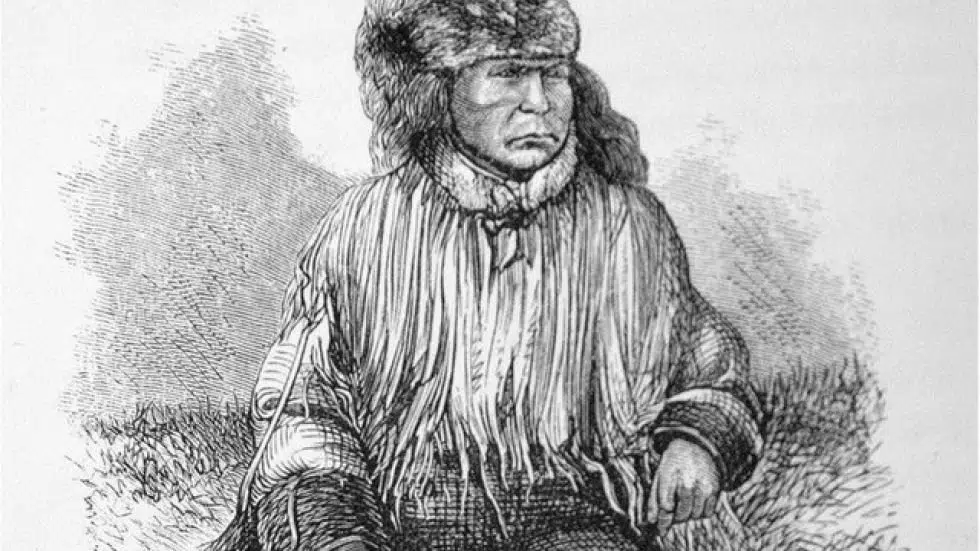
Tŝilhqot’in reconciliation should be based on truth
I am writing in response to Mel Rothenburger’s article, “The Chilcotin War and the rewriting of history”, dated March 31, 2018. Canada and its citizens are on the right path to Reconciliation. Six Tŝilhqot’in (Chilcotin) Chiefs who had been wrongly hung were fully exonerated by the Canadian Federal Government in a ceremony on March 26, 2018.
The Tŝilhqot’in appreciate the acknowledgements, apologies and the exoneration received in the Parliament of Canada, some historic wrongs finally righted. The fact that there are Canadians who are woefully ignorant of First Nations in Canada was pointed out. It only follows that they would further not know the history of First Nations. Yet, Canadians are working to change this, to learn and grow with First Nations. People have been discovering that the history they have been taught is somewhat incorrect. Now as they conduct their research, they begin to confirm what the Tŝilhqot’in have passed down through oral history. Canadians are working to learn and grow with First Nations. These are delicate healing times that require not to let emotion cloud the recently exposed truth. Research, such as Tom Swanky’s book, The True Story of Canada’s “War” of Extermination on the Pacific, promotes an understanding that positively unites First Nations and Canada.
As a Tŝilhqot’in I can advise you that Tŝilhqot’in oral history has taught of incredible patience, thoughtful restraint and selfless bravery held by our people during times of suffering. Teachings of a people able to endure even the most inhumane cruelty. For close to a decade, the Tŝilhqot’in faced mistreatment including starvation, humiliation, and so much more. Many Tŝilhqot’in died from smallpox-loaded blankets, which today would be considered biological warfare. Many more had their lands taken from them from the “settlers,” such as my great-great-great grandmother’s brother, Telad, also one of the War Chief’s recently exonerated. In many cases, settlers were given the opportunity to leave but if they chose to stay, they also chose their fate. It was the brutal rapes on the women, that was too much for the Tŝilhqot’in to bear, a council was called and war was declared. Who would we tell? We just do.
Don MacLean and his posse were hunting down the Tŝilhqot’in. MacLean was well known to the Tŝilhqot’in as a cruel and fierce man. He wasn’t liked by First Nations because of his well-known hatred towards them, he was known to cheat and pass on smallpox-infected items to First Nations. Tŝilhqot’in told stories about how, no matter how many arrows you shot towards Don Mclean’s heart, it was no good as he wore some kind of shield. They knew that only an arrow to the throat would be effective. Guns were not something that the Tŝilhqot’in had much access to, due to cost and restrictions. The arrow and blade were the best weapon for the Tŝilhqot’in. Our oral history states he was shot with an arrow through the throat.


